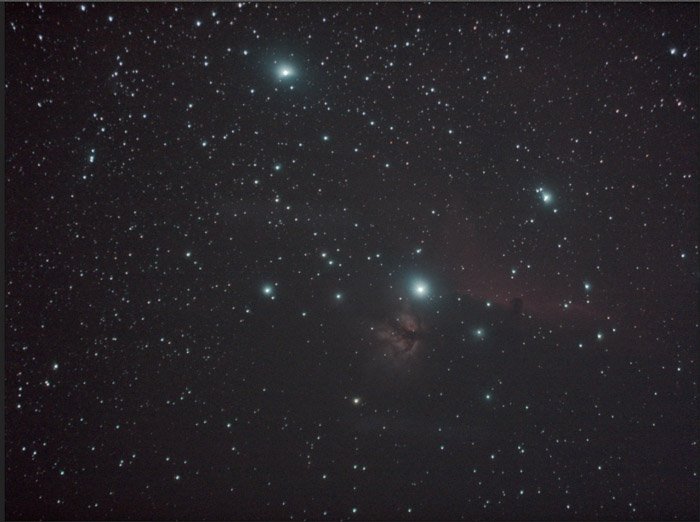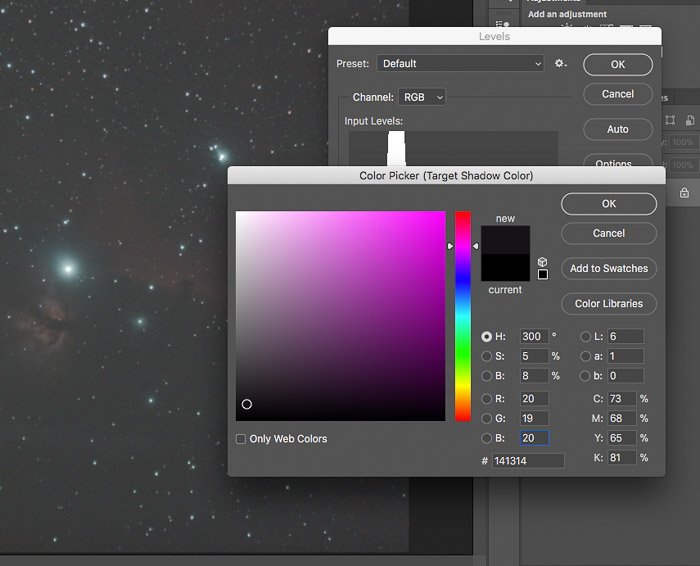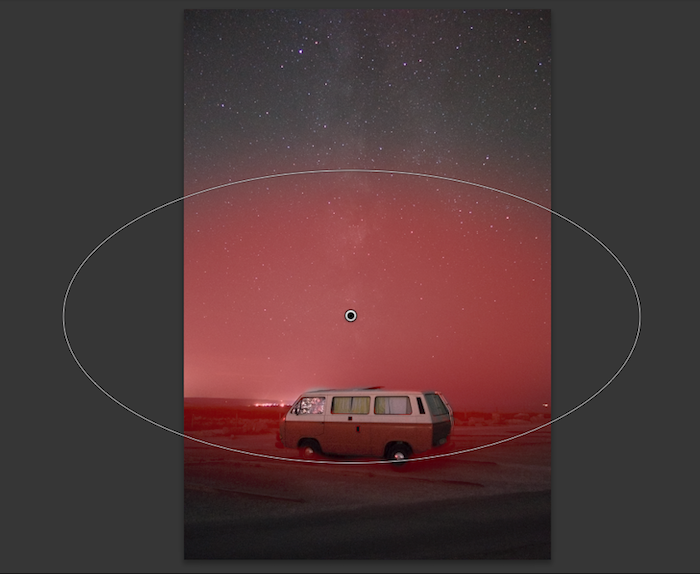
Astrophotography Post Processing Tutorial // Twilight blend with Light Painting YouTube
Post-processing is the process of adjusting the raw photos taken by the camera. Post-processing is usually done in software such as Photoshop or Lightroom. There are several techniques to enhance or alter the photos. In this article we'll cover the basics. There are several types of post-processing:

A Beginner's Guide to Astrophotography Post Processing
In this video, I talk about Siril, a free, multi-platform astrophotography processing software that eclipses its free competitors, and with its robust features, stands up to the paid ones as well.

Milky Way Astrophotography Basic Post Processing Method using Lightroom YouTube
My 2021 Astrophotography Image Processing Tutorial! - YouTube 0:00 / 32:52 • Intro My 2021 Astrophotography Image Processing Tutorial! AstroBackyard 462K subscribers Join Subscribe.
Astrophotography Post Processing Course Nick Page Premium Tutorials
Summary. Three of the most important steps to improve the astrophotography processing of your images are colour calibration, noise reduction, and star removal and reduction. The choice of software and methods you use to approach these three aspects of astrophotography will have a major impact on your results. You can use my suggested methods or.

A Beginner's Guide to Astrophotography Post Processing
Astrophotography image processing: a beginners' guide - BBC Sky at Night Magazine In this tutorial we'll reveal why image processing is important in astrophotography, and how to do it.

A Beginner's Guide to Astrophotography Post Processing
Resources Astrophotography resources include software, plugins, websites, and generally great information that can take your skills to the next level. The right software and tools can save you from unnecessary headaches, and help you enjoy the art of astrophotography on new levels.
Astrophotography Post Processing Course Nick Page Premium Tutorials
Astrophotography Image Processing (Video version) If you prefer to follow along with a video, you can do so below. The deep sky object is the Rosette Nebula, but the processing steps used to mirror the step-by-step guide below.

A Beginner's Guide to Astrophotography Post Processing
Astrophotography Post Processing Technique: Image Stacking Image stacking is the process to combine all your light and calibration frames into a single image. This is the only step that is central to editing any kind of astrophotography. Stacking increases the signal-to-noise ratio, giving a cleaner and more detailed image. In The Field
Astrophotography Post Processing Course Nick Page Premium Tutorials
The cool part about post-processing astro images is that it is really up to you, the photographer, to play with the sliders in your post-processing software and make the image look the way you want it to look. Your "model" is the heavens, but you are the artist who gets to interpret what it looks like on your screen or in a print!

Astrophotography with a 50mm post processing YouTube
Step One Open the saved image. This will usually be a .tiff, .fts, or .xisf file. Step Two Apply an autostretch to the image (ctrl+A on Windows) to display a preview of what PixInsight believes to be the best stretch for the image. Step Three Split the RGB channels so that we can get ready to apply a linear fit to fix the green color cast.

Astrophotography postprocessing
Post-processing tips for astrophotography RAW images . After taking a photo, use these tips to edit your photos for better results. Adjusting and fine-tuning.

Astrophotography post processing with black and white luminosity layer YouTube
The Astro Post-Processing Course was originally released in 2018, with the goal of teaching you how to edit both Milky Way and Deep Space images. Over the years the tech has changed quite a bit, and I've learned a lot along the way. Moving forward, the Astro Post-Processing Course is included with my Milky Way Course.

Peter Zelinka Astrophotography PostProcessing
How to Post-Process an Astro Image by Alex Cooke August 2, 2021 0 Comments Some genres almost require post-processing of images to fully finish them, astrophotography being one of them.

How to PostProcess an Astro Image Fstoppers
This is a step-by-step astrophotography image processing tutorial that will show you how to take your final stacked image from its boring, linear state, to a dynamic image full of color. Feel free to use this process on your own astrophotography images, or download this image data to practice on.

A Beginner's Guide to Astrophotography Post Processing
Siril is a platform-agnostic astrophotography post-processing tool that allows you to calibrate, stack, and process your astrophotography software. Siril is the best free option for stacking and image processing. Sequator (Windows, Stacking & Post-processing, Free)

Peter Zelinka Astrophotography PostProcessing
Post processing is the secret sauce that takes a well-captured photo of the night sky and turns it into the final product a budding astrophotographer can be proud of! Explaining away the magic of post processing Photo: VonThiers We often get questions on social media like: "How did you get that shot?" "Where was this taken?"